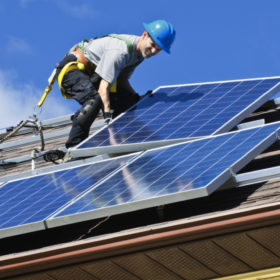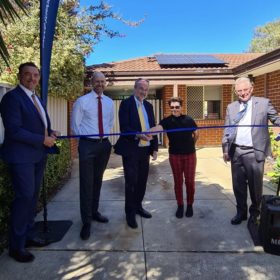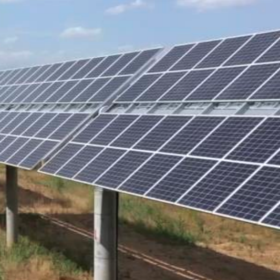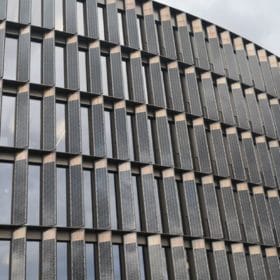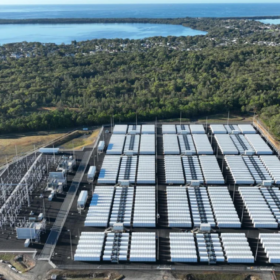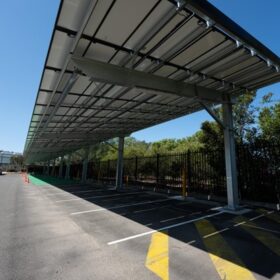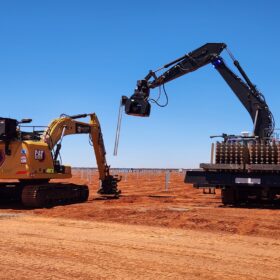VIC sets new energy efficiency targets for reductions in bills and emissions
Victorian Minister for Energy, Environment and Climate Change, Lily D’Ambrosio, has announced accelerated targets for the Victorian Energy Upgrades program, a way for Victorians to save on their bills and contribute to the state’s emissions reduction targets.
Thousands of solar panels to shade car park at Australia’s biggest shopping centre
Australia’s largest shopping centre, Vicinity Centres’ Fashion Capital in Chadstone, has announced it will be adding more than 400 solar shaded parking bays as part of a multimillion-dollar car park upgrade.
Passing gas … on the road to renewables
The Climate Council has published a report to put the final nail in the outdated notion of gas as a transition fuel, and to nix the validity of a gas-led recovery.
Solar capacity ‘tantalisingly’ close to exceeding expectations but analyst warns of ‘logical’ downturn
Australia is teetering on the upper limit of solar installation expectations for 2020, but this remarkable growth pattern continuing into next year would defy logic, says Tristan Edis.
WA completes first installations of $6 million in solar for public housing
As part of the Western Australian Government’s WA Recovery Plan, $6 million in funding was provided for a Smart Energy for Social Housing program. The program, which should see 500 properties fitted out with solar systems, got underway recently with the first 10 homes already basking in summer savings.
Viva announces MoUs for potential oil refinery transition to Geelong Energy Hub
Viva Energy Australia has signed memorandums of understanding with key industry partners would could see its Geelong oil refinery, currently struggling to transition to an LNG terminal, transition into an energy hub featuring solar and hydrogen.
New renewables fund champions the low-risk, small utility-scale solar sector
Small-footprint solar farms can get a purchase on distribution lines, they’re virtually pop-up in terms of construction time, and a smart development model can be easily repeated. The Solarion Renewable Fund wants to let investors into its clean little secret.
CIMIC Group’s UGL secures more than $112 million in utilities contracts
Australian engineering firm UGL ends the week on a high having landed a series of renewable energy sector contracts with a combined value of more than $112 million.
200 MW solar farm and big battery project gets green light
The push by the New South Wales Government towards renewable energy continues to gather momentum with the Independent Planning Commission (IPC) approving a multimillion-dollar solar farm with a capacity of up to 500 MW in the state’s far north.
Versatility of building-integrated PV tipped to increase PV penetration
The multi-functionality of building-integrated PV (BIPV) shapes as a key driver to increased PV penetration in the Australian energy market as rooftop installations continue to dominate.



